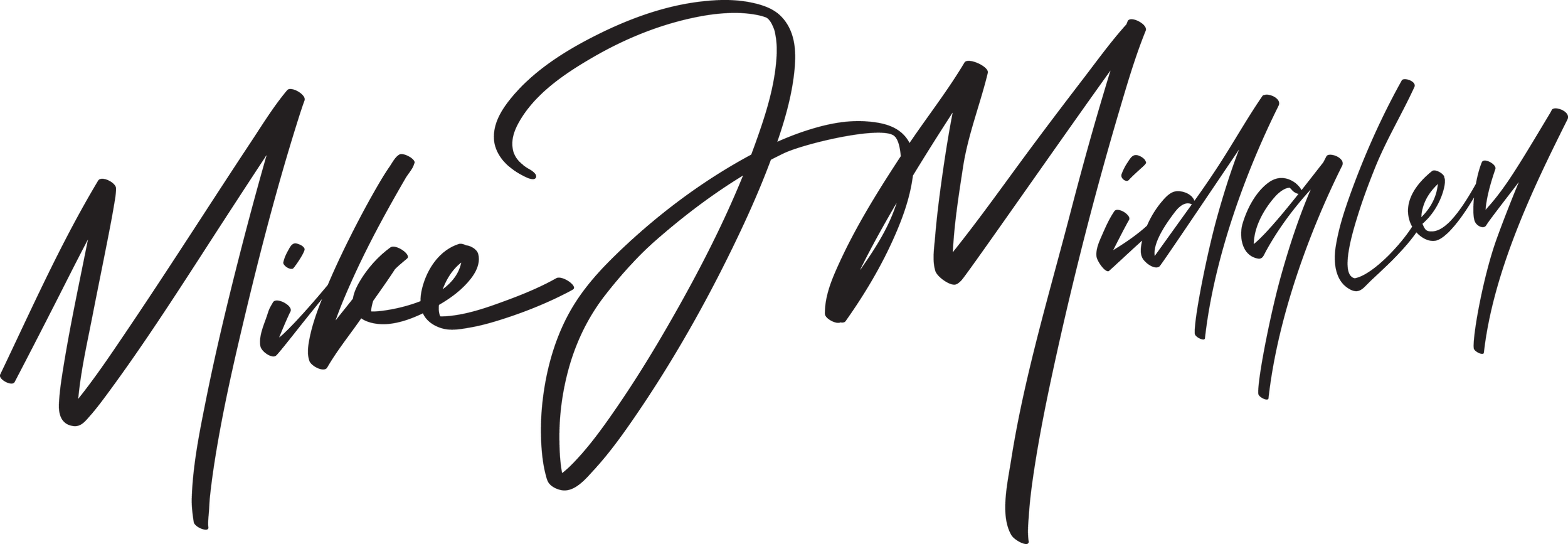Introduction
Today, I want to talk to you about operations, processes, and systems.
As an entrepreneur, you may find yourself struggling to get your business organized and systematized.
If you've ever read The E-Myth or The E-Myth Revisited by Michael Gerber, you’ve probably been motivated by the idea of implementing systems and processes.
But, as many business owners can tell you, translating that motivation into action within your business isn’t always as simple as it sounds.
Let's first dive into the advantages of having systemized processes in your business.
Advantages of Systemizing Your Business
Even in a small business, having clear processes can:
- Help you better understand your products.
- Improve how you serve your customers.
- Optimize your supply chain.
- Streamline training and onboarding for new hires.
But, the ultimate benefit of a well-executed system is that it will save you a ton of time, making your business more profitable and efficient.
If you’re thinking, "Well, I’ve got customers, customers, and more customers," that’s great.
You should have a lead generation strategy to bring them in.
But here’s the key: It’s pointless to keep bringing customers in if you’re struggling to fulfill orders or deliver an acceptable level of service.
That’s where systems come in.
You might be using Project Management tools like Teamwork, Asana or Trello, Intercom for customer service, or Live Chat systems, all of which are helpful.
But without a strategy and process behind these tools, you're simply running them manually. It’s like having an automatic car and still trying to drive it manually.
So, let’s break this down into the five fundamental areas of business that will benefit from a systematized process.
The Five Fundamentals of Business
Here’s a broad breakdown that applies to every business, regardless of industry:
- Finance: How do you process invoices? What’s the system for managing cash flow?
- Operations & Fulfillment: If you’re delivering a product or service, how do you ensure consistency and quality at every stage of the process?
- Human Resources & Staff Management: What systems are in place for hiring, training, and ongoing employee development?
- Sales, Marketing & Customer Success: Do you have a clear process for capturing leads, converting them into customers, and nurturing them long-term and renewing them or selling to the same audience again and again?
- Governance & Compliance: Are your business processes in line with regulatory requirements, and do you track them effectively?
Mapping Your Processes
Let’s focus on how you can implement processes in each of these five areas:
Take a moment to step back and ask yourself:
Who’s doing the job?
Where does the process start, and where does it end?
For instance, in finance, what’s the process for receiving an invoice and entering it into your accounting system?
If you take a moment to think this through, it can save you a lot of time and frustration down the road.
Once you’ve mapped out your processes, you can start transferring manual tasks into automation. HubSpot is a great tool that allows you to do just that – it helps streamline and automate many of these processes, ultimately saving you time and making your business more efficient.
Start with the Basics
If you’re just starting with systematization, take a piece of paper and list your top 10 processes.
You can do this on a whiteboard, an online collaboration tool like Miro.com or a flipchart.
Here are some examples:
- Finance: How do you pay invoices? How do you handle salaries?
- Sales & Marketing: How do you send emails? How do you handle incoming sales inquiries?
- Operations: How do you onboard a new client?
Once you’ve listed them out, break them down into their individual steps. From there, you can create process sheets for each department and start systematizing your operations.
The Power of Process: Look at McDonald's
Think about McDonald's for a second. When you buy a franchise, you’re not just buying the right to flip burgers; you’re buying the process manual that ensures consistency across every location.
Customers know what to expect, and that’s because the processes are standardized.
Whether you’re in a service-based business or manufacturing, you can apply the same logic.
The basics of what you do are the same, the customizations can come later.
Once you’ve got the foundation laid, you can adapt and scale with confidence.
Next Steps: Automate and Scale
The real magic happens when you start automating your processes. Use tools like Ai, HubSpot and collaboration tools with integrations into your comms channels like slack to streamline your workflows, and soon you’ll see efficiency and profitability soar.
Start with your finance department, move to operations, sales, and marketing – and as you go, keep refining your systems. You’ll not only save time, but you’ll build a strong foundation for long-term growth.
Final Thoughts
Systemizing and automating your business doesn’t need to be an overwhelming task.
Start small, but start now.
You’ll be amazed at how much more efficient and profitable your business can be when you implement the right systems and processes.
Always here to help you start, grow, and thrive. Let me know how I can support your next big move.

